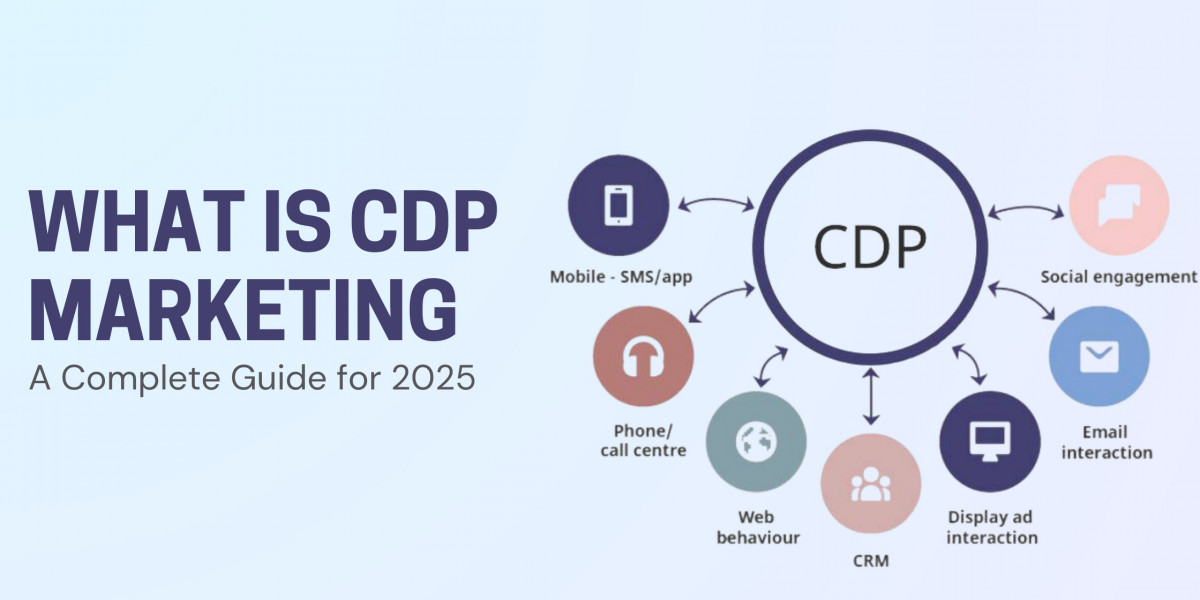Revenue Cycle Management (RCM) is a critical component of the healthcare industry, encompassing the financial processes that healthcare providers use to track patient care episodes from registration to the final payment. This multifaceted system not only ensures that healthcare organizations receive payment for their services but also plays a significant role in maintaining operational efficiency and enhancing patient satisfaction.
The Stages of Revenue Cycle Management
The RCM process can be broken down into several key stages:
Pre-Registration and Registration: This initial stage involves collecting patient information before their visit. Accurate data entry is essential here, as it lays the groundwork for the entire revenue cycle. Gathering insurance details, medical history, and contact information is crucial for streamlining claims later.
Insurance Verification: Confirming a patient's insurance coverage is vital to ensuring that services rendered will be reimbursed. This involves checking eligibility, understanding the patient's benefits, and determining any potential out-of-pocket costs. Effective verification minimizes the risk of claim denials and ensures that patients are informed about their financial responsibilities upfront.
Charge Capture: Accurate documentation of services provided is essential. Charge capture involves recording all billable services, procedures, and supplies used during a patients visit. This stage is crucial for ensuring that the provider receives appropriate compensation.
Claims Submission: Once charges are captured, the next step is to submit claims to the appropriate insurance payers. This process must adhere to specific guidelines and codes, such as Current Procedural Terminology (CPT) codes, to ensure that claims are processed without delays.
Payment Posting: After claims are submitted, payments are posted to patient accounts. This step involves reconciling payments received from insurers and patients with the initial charges to identify discrepancies and ensure accurate financial records.
Accounts Receivable Management: Monitoring outstanding payments is critical for maintaining cash flow. This stage involves following up on denied or unpaid claims and managing accounts that require further action. Effective accounts receivable management can significantly reduce the days in accounts receivable (DAR) metric, thereby improving financial health.
Patient Collections: With the rise of high-deductible health plans, collecting payments from patients has become increasingly important. Clear communication about patient balances, flexible payment options, and transparent billing processes can enhance patient satisfaction and improve collection rates.
The Importance of RCM
Effective revenue cycle management offers numerous benefits to healthcare providers. It enhances cash flow, reduces the time it takes to receive payments, and improves overall financial performance. By streamlining RCM processes, healthcare organizations can also reduce operational costs associated with billing errors and claim denials.
Furthermore, RCM has a direct impact on patient satisfaction. When billing processes are efficient and transparent, patients are more likely to have a positive experience. Clear communication about costs and timely billing can foster trust and loyalty, encouraging patients to return for future care.
Challenges in RCM
Despite its importance, Revenue Cycle Management in Healthcare faces various challenges, including increasing regulatory requirements, the complexity of billing codes, and the evolving landscape of insurance reimbursement models. Healthcare providers must continuously adapt their RCM strategies to address these challenges while ensuring compliance and efficiency.
In conclusion, Revenue Cycle Management is a vital element of healthcare administration that impacts both financial health and patient satisfaction. By understanding and optimizing each stage of the RCM process, healthcare organizations can improve their revenue streams, reduce operational inefficiencies, and enhance the overall patient experience.









